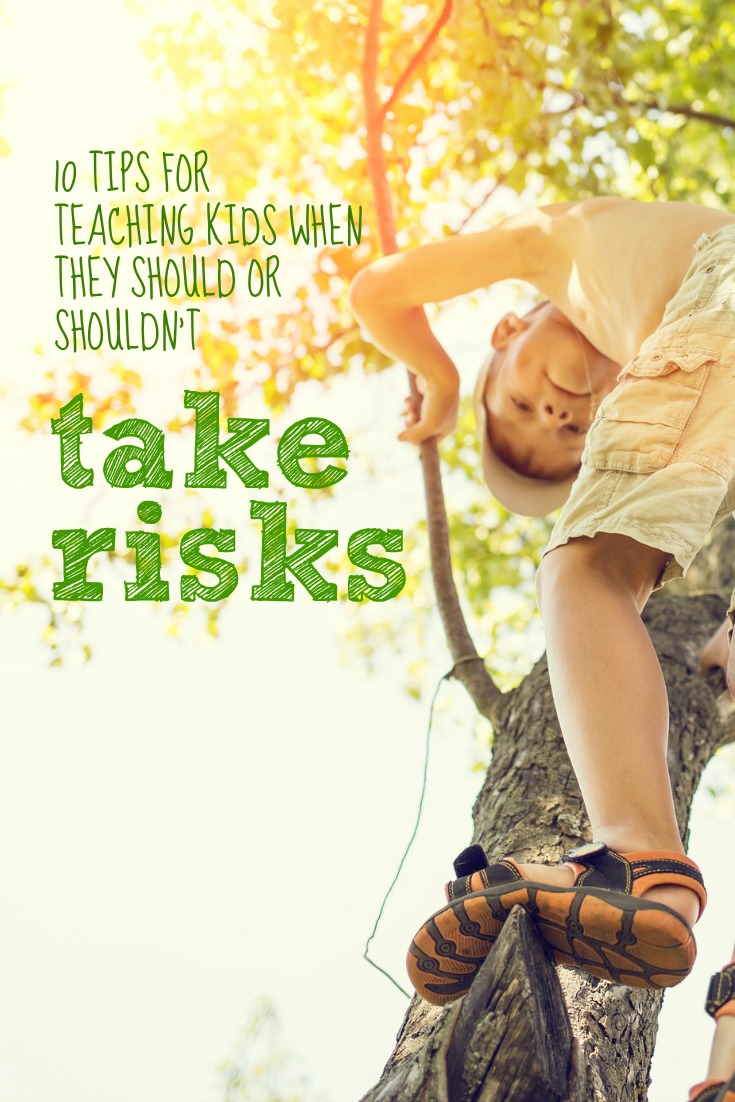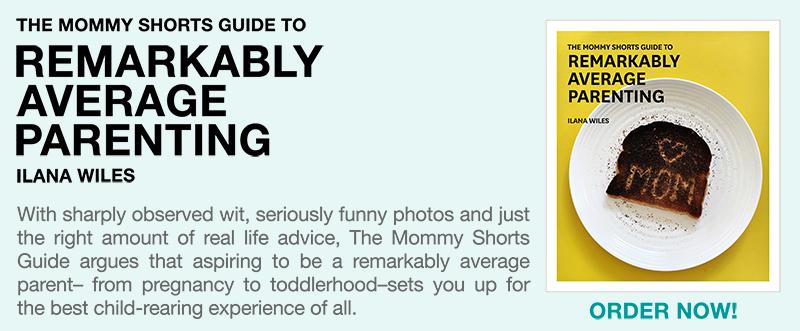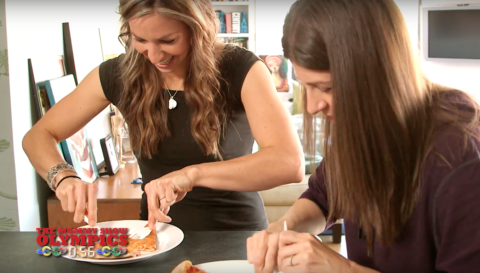“Conversations with your Kids” is a series in partnership with Responsibility.org, an organization that encourages parents to establish open lines of communication with their children, particularly around the issues of peer pressure and underage drinking. Each post will explore a specific topic with expert tips from Dr. Deborah Gilboa (Dr. G) on how to address these topics in an age appropriate way.
Everyone takes risks. Saying hello to someone new, telling the truth when it might get us in trouble, expressing an opinion that might not be popular; these are all examples of risks we want our kids to be willing to try. Then there are the dangerous risks, the ones we want our kids to recognize and avoid. How do they learn the skills they need to see the difference? Practice! Practice, and lots of small conversations with us about their decisions. Every decision involves some amount of risk-taking.
1. Teach consequences with low-risk decisions. Because kids are such inexperienced decision-makers, we worry that they can’t understand risk. This leads us to limit their choices and put big importance on smaller moments. Which extracurricular activity to choose at age three, what shirt to wear for silly day at school, which friend to play with on Sunday. Our biggest job is to think “What’s the worst that’s likely to happen?” Even choices that feel momentous at the time rarely have life-threatening consequences. That can take a lot of the pressure off, allowing us to put less importance on the choice itself, and allowing our kids to make a decision and see how it turns out.
2. “You tell me.” From the first time your child asks for your opinion, start practicing letting them decide for themselves. Whether your child brings you “Which crayon should I use?” or “Should I go to the sleepover with her or watch a movie with that other friend?” don’t decide for them. Try to not even guide the choice. Of course you know which would likely be better! That doesn’t matter. What matters is your child getting practice at making a choice and seeing how it turns out.
3. Cautious isn’t bad. Some kids are inherently more risk-averse than others. They might be described as shy, or fearful and are often teased for being “scaredy cats.” These children actually often appear a little more mature in their decision-making about risk because they already know to think about what negative consequences could come. But this risk-averse attitude can get in their way at times. If you have a kiddo like this, first show empathy for their feelings, and respect their thoughts. Then spend some time offering balance by asking him or her what good might come of taking a risk.
Parent: “Would you like to try this new art class at the YMCA?”
Child: “No! I don’t know anyone and I don’t know if I’m any good at art.”
Parent: “I get that. Going somewhere new by yourself and trying something new both sound hard. Why do you think some people do that?”
Even if your child doesn’t decide to go to the class, creating a pattern where your child can see both sides is valuable.
4. Adventurous isn’t bad. Some kids look at every tree to climb, every new suggestion to take and think, “Yeah, why not?!” These kids are often called impulsive, and are seen as less mature in their decision-making. But children like this are also first to jump at a new friend or opportunity. As a parent of a risk-taker, you may find yourself constantly trying to build in speed bumps to slow them down and get them to think. A really respectful way to do that is to first ask, “If you do this, what would be great about it?” This shows empathy and respect for their thought process. Then ask “And if you do this, what problems might it cause?” Hundreds of chances to ask and answer both questions will teach children and teens the habit of thinking before they act.
5. Learn a tiny bit of neuroscience. Before kids’ and teens’ brains fully develop, decision-making is over-simplified. That’s because the part of the brain that thinks about future consequences of current actions is the last part to grow! The prefrontal cortex is the place responsible for executive decision making and reasoning – “If I do this now, what could go wrong later?” and inhibitory control – “I really want to do this but I’m not going to.” The prefrontal cortex isn’t fully ready to do its job until somewhere between the ages of 24 and 26.
6. Outsmart your brain. So how can kids and teens learn to make good decisions? By building good habits every time they are faced with a choice. Since their brain won’t automatically come up with reasons not to do something, kids need to be reminded to think through the pros and cons of each decision. The trick for parents is to remember, every time our child talks about alternatives, we should try to keep our opinions to ourselves and, instead, get them to think through their options.
7. Talk about dares. To quote one of my boys, “When someone says ‘I dare you’ they’re really saying ‘I think you’re dumber than me.'” Dares are a risk that someone else wants you to take, and – to my son’s point – it’s usually because that other person wants to feel better about themselves, not because they want you to have a really great experience. Make sure your child knows that risks should only be taken after thinking about the dangers and advantages for ourselves, not to please someone else.
8. Seek out risk.
Physical risk: From the playground to sports, our kids can climb a little higher than we’re comfortable. Give them the chance!
Friends are a great testing ground for behavior and also a huge influence on our kids. Rather than steer them away from anyone different, help them navigate befriending someone new and making good choices about their own behavior.
Online risk: When your child wants to explore a game or site that makes you a little nervous, join in. That way you can model how to evaluate new content and make decisions based on facts and research.
Your risk: From drinking to travel, adults take some risks. Be willing to talk to your teens about the choices they see you making and the pros and cons that you thought through ahead of time.
9. Encourage strong opinions. We often worry that our child will want to make a good choice, but be negatively influenced by peers. That can definitely happen! Strengthen your child by getting them to practice disagreeing and standing up for their beliefs. Whether this means liking a song, a game, or a person that others don’t, your child can practice good eye contact, a firm voice, and the body language that says “This is true for me.”
10. Let life teach the lesson. When our kids take risks that don’t end well – and they will – try to stop yourself from rescuing them. When the friendship isn’t going well or the homework didn’t get done or there are bruises, we hurt for our kids. But we best protect them for the next situation by saying. “I’m really sorry that happened. What do you think you should do now? How will you handle that next time?”
If anyone has any more questions about taking risks that were not addressed here, please ask them in the comments. Dr. G will try to answer as many as she can!
To find out more about Responsibility.Org, click here.


























I really appreciate this series, so very helpful!
Thank you so much!!
[…] out these 10 tips for teaching kids when to take […]